Green gardening: Please, Palm Beachers, stop using dangerous chemicals in your yards
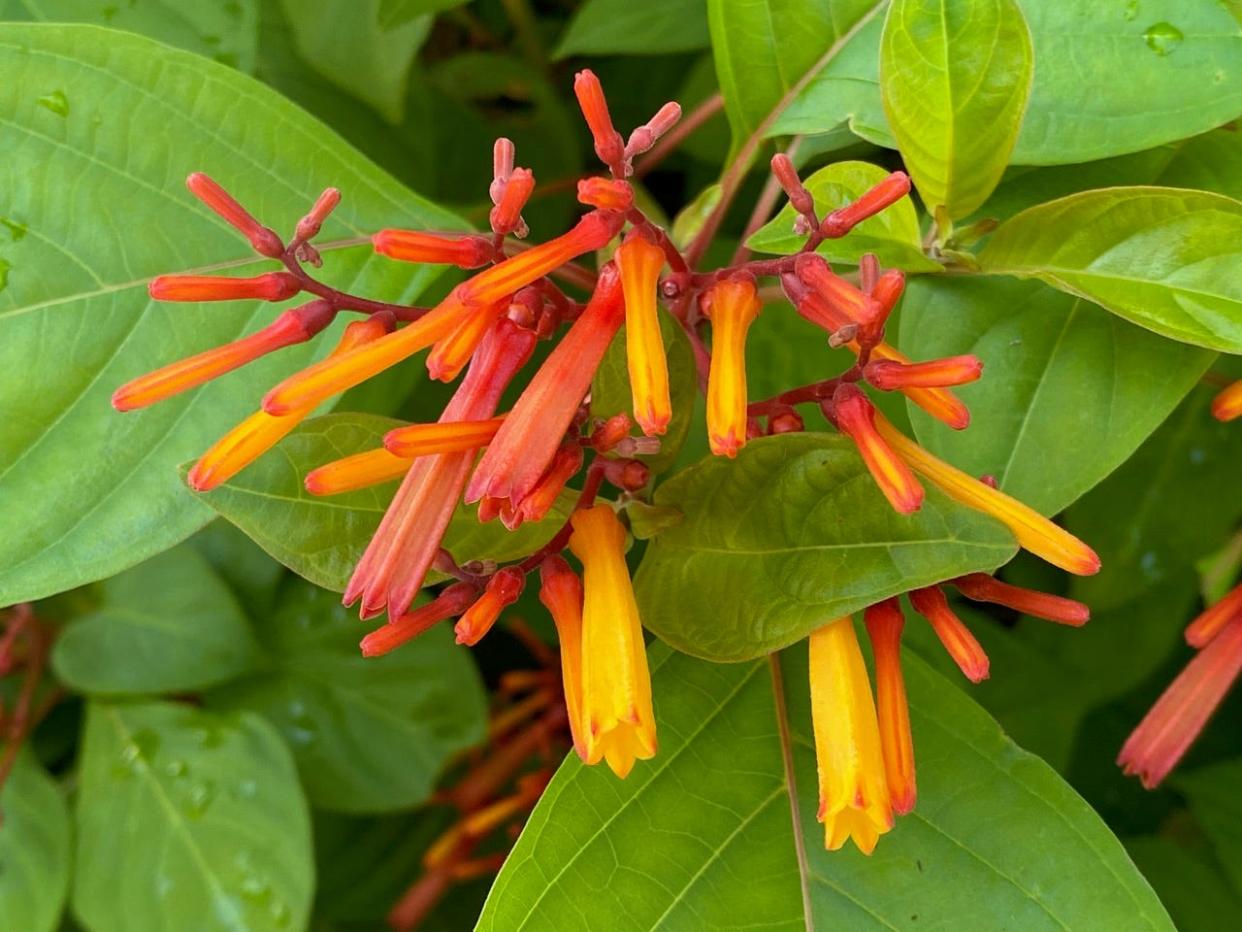
I’ve discussed the dangers of pesticides, fungicides and herbicides in previous articles, but after speaking to numerous acquaintances recently, I was startled to learn how few people actually realize the staggering amount of chemicals used on a regular basis in Palm Beach.
Let’s start with lawns. Every year, U.S. homeowners apply an estimated 80 million pounds of pesticides and fertilizers to their lawns, mostly for aesthetic reasons. Yet they remain unaware of the serious health problems associated with exposure to these chemicals. These petrochemicals have been linked to numerous cancers, leukemia, neurological, reproductive, and respiratory disorders, and birth defects.
Regulations on marketing and use of these potentially dangerous products are minimal at best. All pesticides carry an EPA registration number, and list active ingredients and instructions for use. Warnings about potential long-term chronic health effects are not required.
More: Diversity is the key to any garden
Children are especially vulnerable to these environmental toxins, which are designed to attack the nervous systems of insects. If your kids play outside, they inevitably end up on grass where they roll or sit and put their hands and other found objects in their mouths. Their yet undeveloped nervous, respiratory, reproductive, and immune systems are regularly exposed to chemicals with severe adverse effects.
Our self-imposed mandates on garden perfection are ill-conceived. A beautiful lawn does not need to look like a green living room carpet. Homeowners across the country are replacing their sterile lawns with more natural native habitats, which encourage natural ecosystems, mitigate habitat loss, reduce water consumption, and require no chemicals.
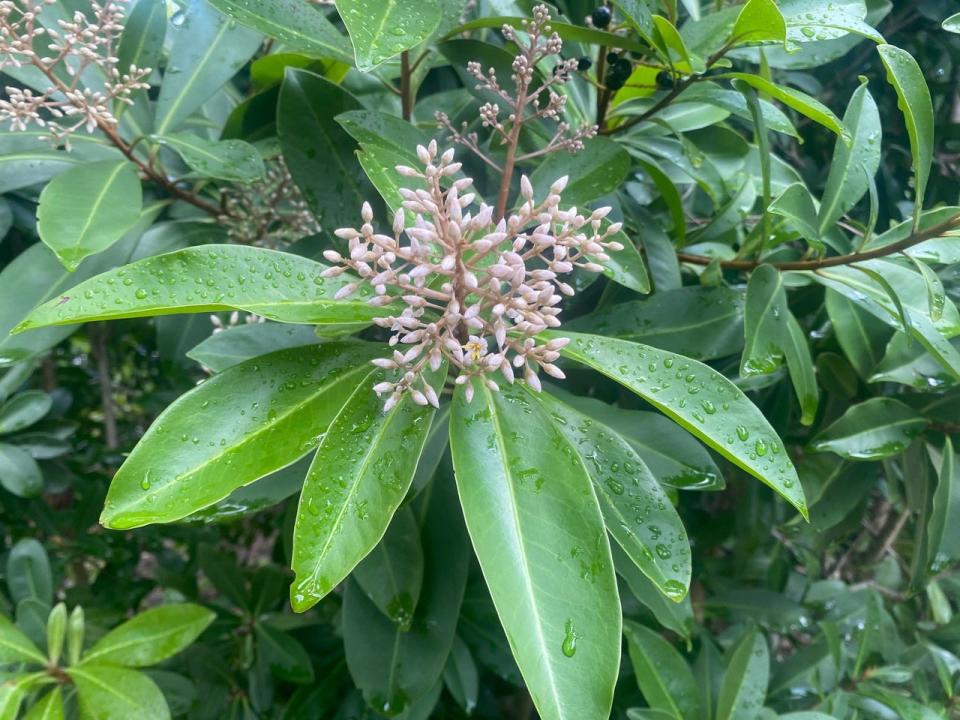
The majority of wildlife poisonings reported each year to the EPA are a direct result of pesticide use on lawns. Ground-feeding birds often mistake pesticide granules for food. Runoff of pesticides into aquifers accounts for numerous fish kills and is largely responsible for the degradation of our drinking water. In a recent survey by the U.S. Geological Society, at least two pesticides were found in every stream or river sampled, and one or more pesticides were found in every fish.
And we’re only talking about lawns. Now consider the chemicals used on trees, shrubs and hedges, including herbicides and fungicides. The bottom line is that here in Palm Beach we are living in a chemical stew.
Every single day chemical trucks cross our bridges to poison the insects, pollinators, birds, and wildlife vital to our environment, as well as pets and children. And don’t think for a second that we adults are immune. The craziest part of this is that we hire these “environmental contractors” to come, and we pay ridiculous amounts for their services, which we are told are essential. Nothing could be further from the truth.
There are effective organic alternatives to chemical pesticides and fertilizers, and our flora have survived for thousands of years without chemicals. Our soils were once teeming with beneficial micro-organisms providing nutrients for healthy plants and our rivers and streams were once crystal-clear. And we could drink our water — how many of you drink your own unfiltered tap water today?
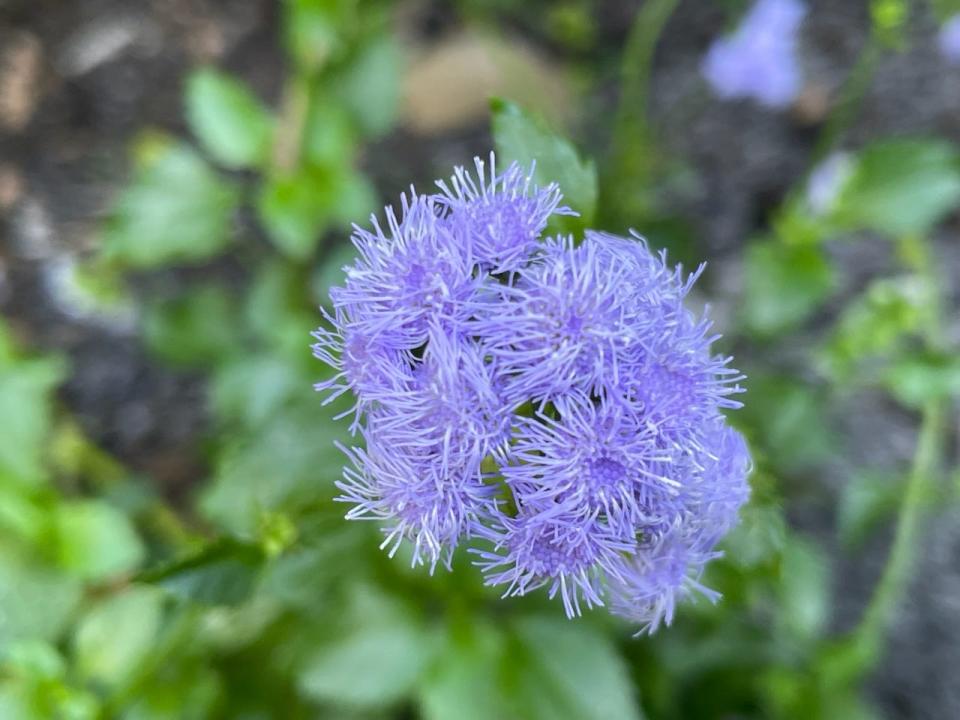
There are four classes of synthetic chemicals widely used in Palm Beach. The first, neonicotinoids, “neonics,” are systemic pesticides that attack an insect’s nervous system, causing paralysis and death. Imidacloprid, a neonic marketed under several trade names, is used to treat whitefly on ficus hedges. As a systemic, it makes every part of the plant poisonous, killing any insect, bee, or butterfly that happens to land on a leaf, stem, fruit or flower. Imidacloprid can last for months or years in soil and leaches into groundwater, where it is toxic to fish and other invertebrates. Ultimately, we get to drink it.
Imidicloprid has been linked to Parkinson’s, autism, Alzheimer’s, ALS, and numerous cancers. Its use has been shown to increase the infestation of scale on many plants by killing the predatory vedalia lady beetle. Recent studies establish that the whitefly population has built up resistance to this chemical so it is no longer even effective.
The next class of insecticides are organophosphates, developed 80 years ago as nerve gas agents for military use. These include acephate, dursban, and chlorpyrifos, which are sprayed regularly on ornamental plants and crops including wheat, corn, soybeans, fruits, vegetables and cotton, producing hundreds of acres of dead zones. When research revealed serious environmental and health risks to children, chlorpyrifos came under attack in 2000.
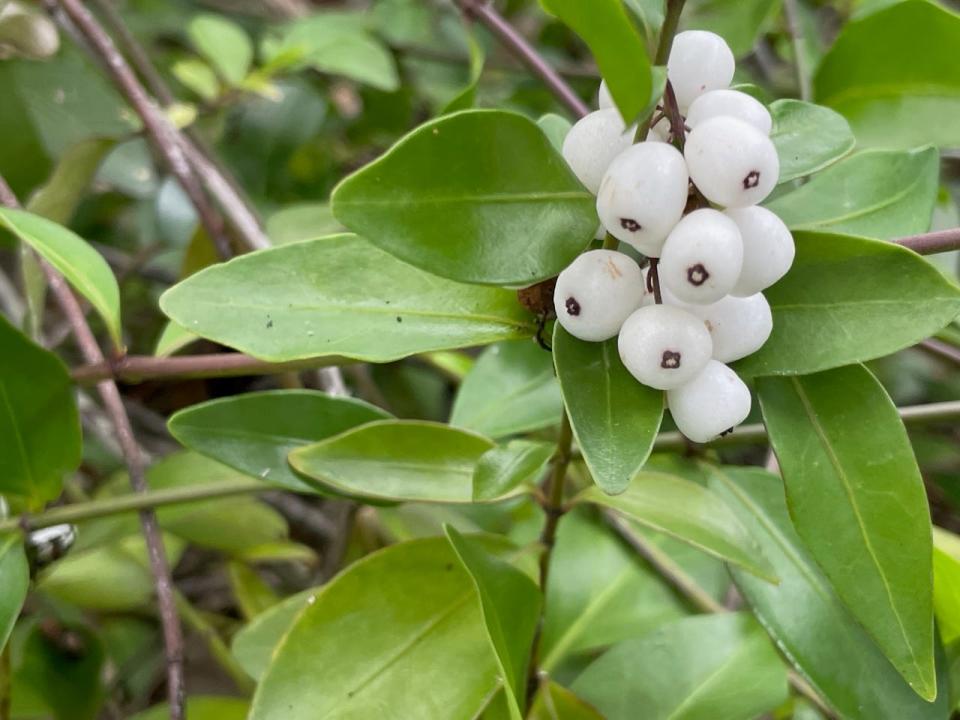
After decades of lawsuits, chlorpyrifos was finally banned in 2022 as the EPA found that “it could not determine that there is a reasonable certainty of no harm from aggregate exposure, including food, drinking water, and residential exposure, based on currently available data and taking into consideration all currently registered uses.” This was a huge win for us all after over 20 years of legal battles. Earlier this month, however, the Eighth Circuit Court of Appeals overturned the ban. The EPA is currently reviewing the decision.
EPA’s delaying tactics, and its contradictory policies in decision-making, are not restricted to chlorpyrifos. Glyphosate, 2,4-D, atrazine, and many others that remain available in the U.S. (despite being banned in the EU and Canada) represent a failed regulatory system that supports chemical-intensive agriculture despite the availability of organic alternatives that do not rely on toxic chemicals. The extensive use of petrochemical pesticides and fertilizers is devastating to agriculture and dangerous to farmworkers, farmers, and the general public.
The third class of chemicals are broad-spectrum pyrethroids, often touted as “organic” because they mimic the naturally occurring pyrethrum insecticide produced by chrysanthemum flowers. These are used to kill adult mosquitoes but are largely ineffectual as mosquitoes build up resistance, while their natural predators do not. A far more effective way to target mosquitoes is to kill the larvae by placing “dunks” in water where the eggs are laid. Pyrethroids are lipid soluble, entering the human body through contact with the skin, digestive or respiratory tracts; children and pregnant women are at greater risk of faster penetration.
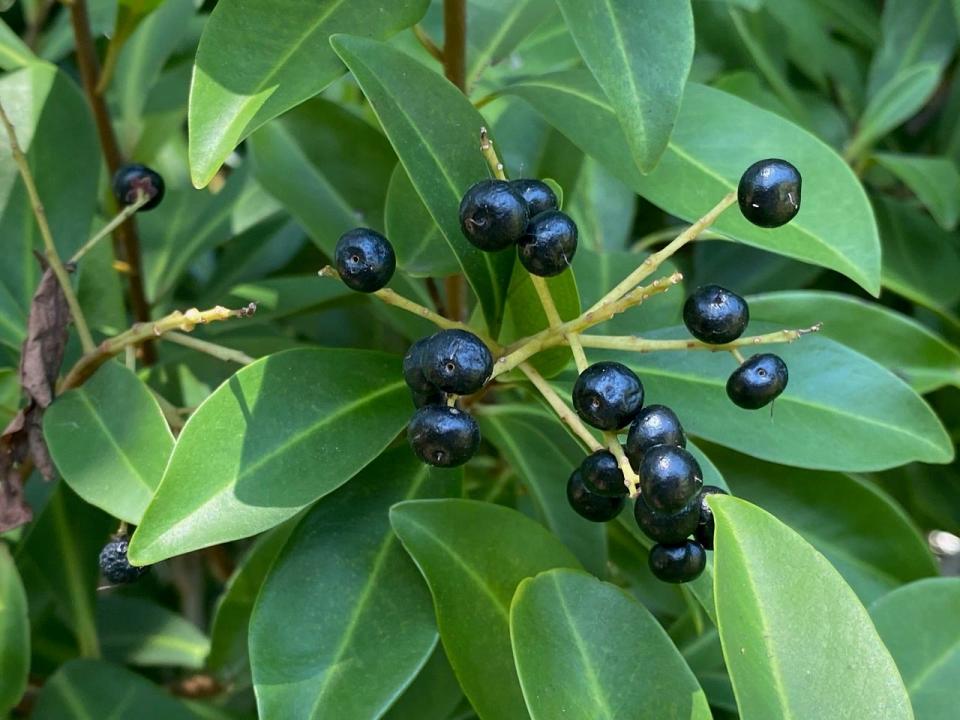
The fourth class includes the herbicides glyphosate and dicamba, which is being used to replace glyophosate, but which is possibly even more toxic. Glyphosate, introduced in 1978, has been definitively linked to autism in children and Parkinson’s and Alzheimer’s in adults. Studies dating as far back as 2004 found infants and toddlers exposed to herbicides were four to five times more likely to develop asthma and had a greatly increased risk of developing brain tumors and leukemia.
We don’t need to apply these chemicals to our lawns and gardens. Without them our soil, our air and our water will be cleaner and healthier. Instead of chemicals, let’s apply the concept of environmental regeneration: designing our landscapes to heal and restore our natural areas. Adding more native plants can eliminate the use of pesticides and fertilizers. It isn’t enough to plant for decoration anymore: We need to add native plants to sustain the insects, pollinators, birds, and wildlife that nourish our environment, our health, and our souls.

There are so many native plants in bloom or showing off their bright fruits right now. The bright white berries of snowberry (Chiococca alba), the stunning creamy flower clusters of marlberry (Ardisia escallonioides) and the brilliant purple or white pearl-like clusters of beautyberry (Callicarpa americana) will invite beautiful birds to visit. The orange-red tubular blossoms of firebush (Hamelia patens var. patens), the soft fuzzy blue mounds of ageratum (Conoclinum coelestinum), the brilliant reds and pinks of scarlet sage (Salvia coccinea), the bright yellow daisy-like flowers of coreopsis, the pinkish-white star-shaped clusters of swamp milkweed (Asclepias incarnata), and pink/yellow flowers and red berries on the rouge plant (Rivina humilis) are just a few species that will brighten your landscapes while attracting numerous pollinators and butterflies.
Each of us can have an impact on our environment, and together we can make a positive difference. Let’s start by learning exactly what products are being applied to our landscapes and make informed decisions. As homeowners or gardeners, we are the stewards of our fragile barrier island; our actions will determine the future of our pollinators, birds, and wildlife — and ultimately ourselves.
This article originally appeared on Palm Beach Post: Pesticides, herbicides are unnecessary and dangerous

